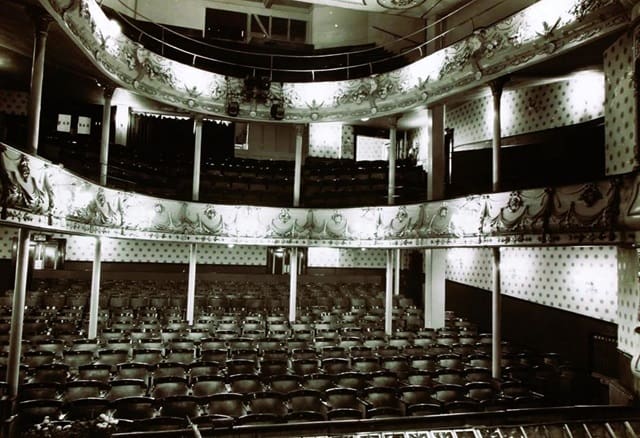
An application for listed building consent for repairs to the roof, parapets and chimney, plus the creation of new access hatch above seating area into the loft space, has been submitted for Margate’s Theatre Royal.
A planning document prepared by the Heritage team at Lee Evans Partnership LLP on behalf of Thanet council says: “The proposals are for repairing and replacing the flashings on several areas of the roof and parapets.
“The proposals also include a new access hatch into the roof void space above the main theatre seating. This will allow for vital access for maintenance as there is a lot of wiring in the space, as well as access to the top of the historic suncatchers.”
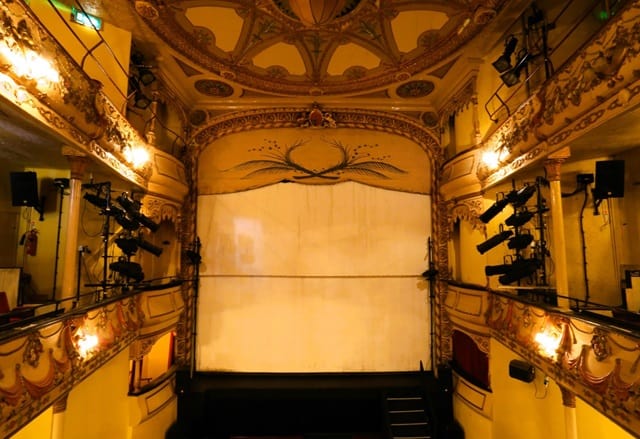
The aim is to make the building watertight and safe until it is able to be brought back into public use.
The Theatre Royal has been shut since April 2022. It has been allocated £2.2m of funding as part of the £22m Margate Town Deal.
In June this year Thanet council said urgent repairs were expected to cost £370,000 for minor roof work, removal of the asbestos stage curtain, and fire protection measures and the provision of a proper ventilation system.
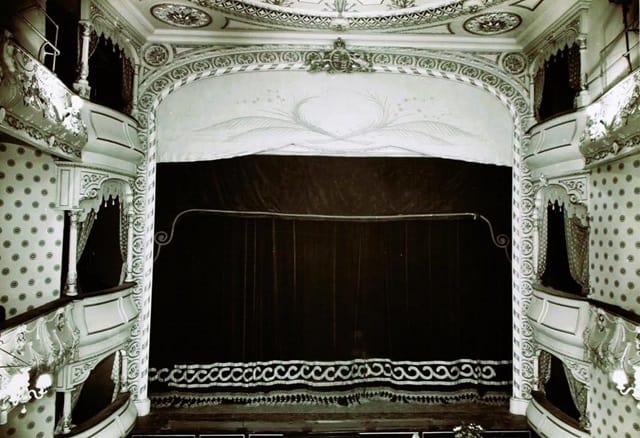
Other structure works including; window repairs and decorations, plastering in lime plaster where plaster has failed, and ceiling repairs were estimated at £400,000.
The discovery earlier this year of a ‘sun burner’ in the ceiling of the theatre means a masterplan will need to be drawn up to examine how the historic building will be ventilated.
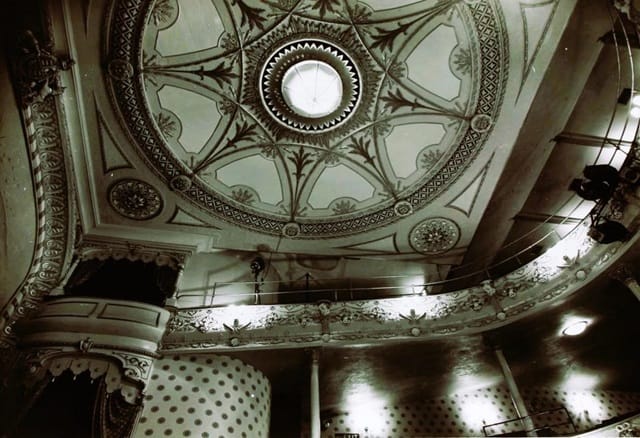
Sun burners were manufactured in the Victorian era as a means of both gas lighting and ventilating larger public and occasionally private, buildings. The discovery meant an overall masterplan is required with conservation principles applied to safeguard the heritage of the theatre.
A heritage impact report says: “The current roof is not original or historic fabric. There is evidence that it was re-roofed in the late 20th century, so it could be argued that it has low historical significance.
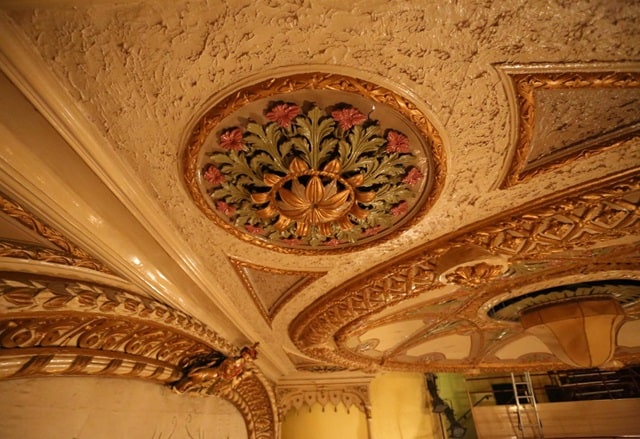
“The ceiling space to be cut out for the hatch is historic and holds some significance, although the timber within the roof space is modern, therefore, the loss of historic fabric is minimal.
“The proposals for the roof are much needed to keep the historically significant building watertight; this is essential. The proposals for the hatch aim to retain and preserve all possible historic fabric around the new hatch, and the hatch itself will be painted to match the ceiling so that it is not visible.”
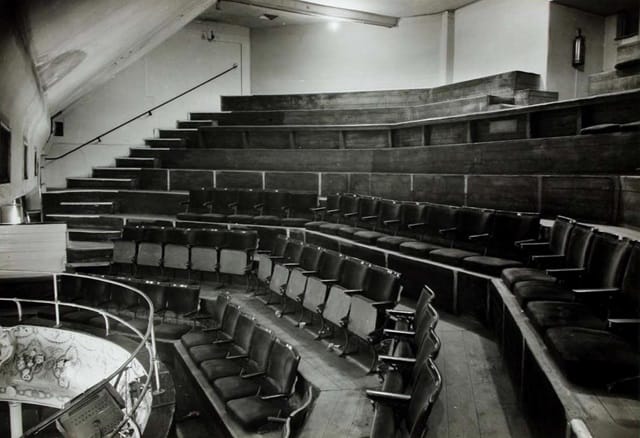
The Theatre was bought by Thanet council as ‘owner of last resort’ in 2007. The building was shut for a six month refurb programme and all staff were made redundant. It was then leased back to the Margate Theatre Royal Trust on a peppercorn rent until 2012 when the Trust went into administration.
Thanet council also bought 19 Hawley Square from Orbit Housing in 2011 with a view to expanding the Theatre’s facilities.
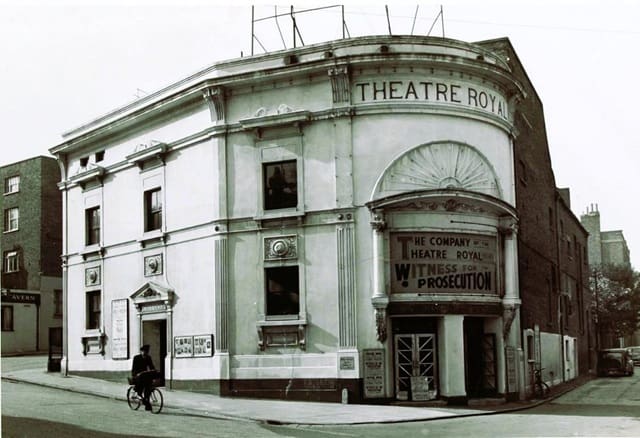
Your Leisure took the site on in what was supposed to be an interim measure but had been running it up until the closure in April 2022. All staff were made redundant and they formed Phoenix Community Events.
A public drop in session to share details of the project to restore and reinvigorate the Theatre Royal will take place on Thursday 7 December between 2pm and 7pm.
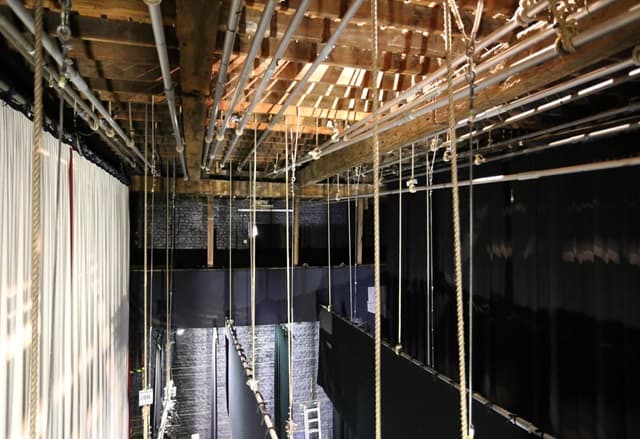
Thanet council is hosting the event, which will take place at the theatre in Addington Street, Margate, where people will be able to hear about proposals and view early plans to open the building at 19 Hawley Square as a theatrical production house. The event also marks the launch of the council’s search for a new operator for the theatre.
Boards will be on display showing the potential plans for the building. Members of the public will have the opportunity to meet and engage with the council’s project team and architects who will be on hand to answer questions. There will be an opportunity to give initial feedback about some of the information on display.
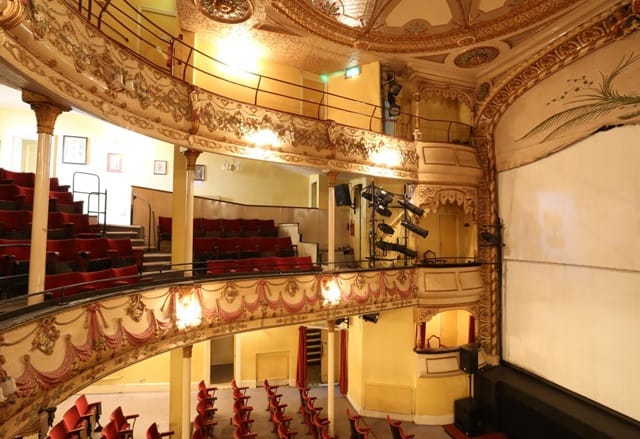
The council says proposals for the Theatre Royal combine heritage, performance and a move towards financial sustainability. It focuses on the venue’s 245 years of performance heritage, bringing together the need to conserve, restore and modernise both the theatre and 19 Hawley Square.
The council says the ambition is to create a nationally significant performing arts hub in Margate; the plans are designed to increase the artistic and financial opportunities to support the historic theatre and to raise the profile of performing arts in the district.
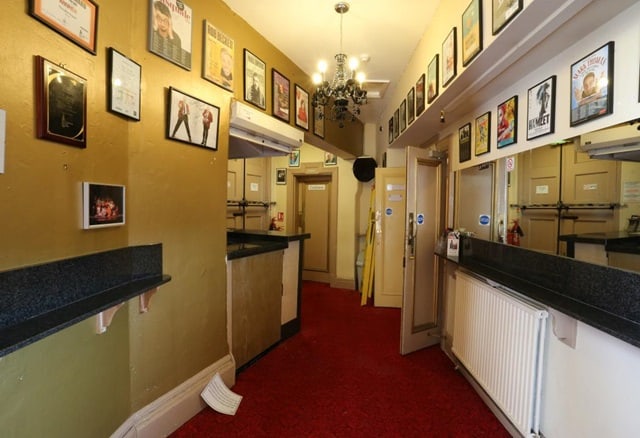
This includes developing 19 Hawley Square to include a bar and cafe, 50 seat studio theatre, sound recording studio, rehearsal rooms/dance studio, offices and accommodation for touring theatre companies.
Following the event, the information boards will remain on display in poster sites on the exterior of the Theatre Royal. It will be possible to submit feedback and thoughts on the potential plans between Thursday 7 and Wednesday 20 December, both online at Your Voice Thanet and via paper surveys. Paper surveys will be available in the reception area of the council offices at Cecil Square in Margate, between Friday 8 and Wednesday 20 December, from 10am to 4pm.
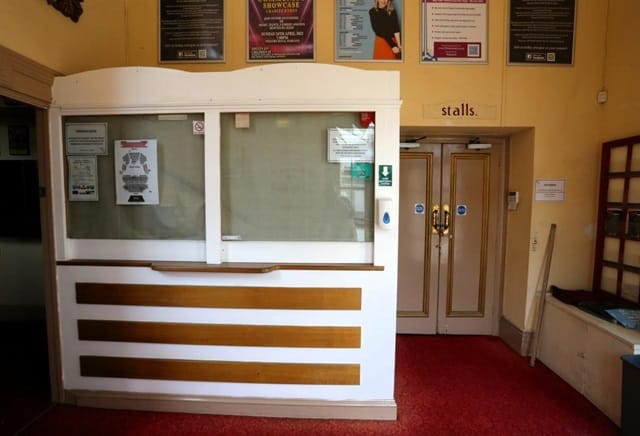
The council will be testing the market for a new operator within the performing arts sector. Prospective operators will be invited to register their interest shortly.
Significant funding from external sources will be needed to complete the theatre project. An application is in process for a further £3.2m from the National Lottery Heritage Fund. The council is also in conversation with the Arts Council regarding the possibility of applying to the Department of Culture Media and Sport’s Cultural Development Fund, which will be launched in 2024.
The application for listed building consent is yet to be decided. It can be viewed on Thanet council’s planning portal, reference L/TH/23/1411
Theatre Royal facts

Since 1787 thespians have been treading the boards of Margate’s Theatre Royal.
The Grade II* listed building on the corner of Hawley Square, was part of the planned expansion of the small town and port of Margate during the mid-Georgian period.
It was built to vie as a facility for the entertainment of the upper classes, competing with the Assembly Rooms in Cecil Square (1770s), and the Circulating Library, Hawley Square (1786), both now demolished.
The historic property, which is now within a conservation area, was radically altered in 1874 by Jethro T. Robinson who was the father-in-law of Frank Matcham, the famous and prolific theatre architect who, along with his two protégés, was responsible for more than building 200 theatres before 1915.
The 1874 conversion marked the transition of the venue from a Georgian boxed Playhouse into a Victorian theatre. The stage was shortened and a second floor ‘gallery’ level added to the expanded auditorium.
As well as welcoming some of the greatest acting ‘stars’ of the Victorian era, the theatre was the site of the first drama school in the country. The School of Acting was opened by Sarah Thorne in 1885 and attended by a young Edward Gordon Craig, who went on to become the undisputed father of modern theatre design and was arguably the most important theatre practitioner to come out of Britain since Shakespeare.
The Theatre Royal is the second oldest theatre in Britain and can lay claim to having the oldest stage
There has only been one reported fire at the theatre – back in August 1789
The theatre was used as a military barracks in 1803 during the Napoleonic War

The theatre’s most famous manager, Sarah Thorne, held the post twice. First in 1861 until 1874 and then again from 1879 until her death in 1899. Some say that she has haunted the theatre since 1918 in protest at its use for gambling.
She is not the only spirit said to wander the 18th century playhouse. Past stories tell of witnesses seeing the curtain move and then crashing as though a body had fallen. Commentators say it is the spirit of an actor who took his life at the theatre after being dismissed from his touring company.

